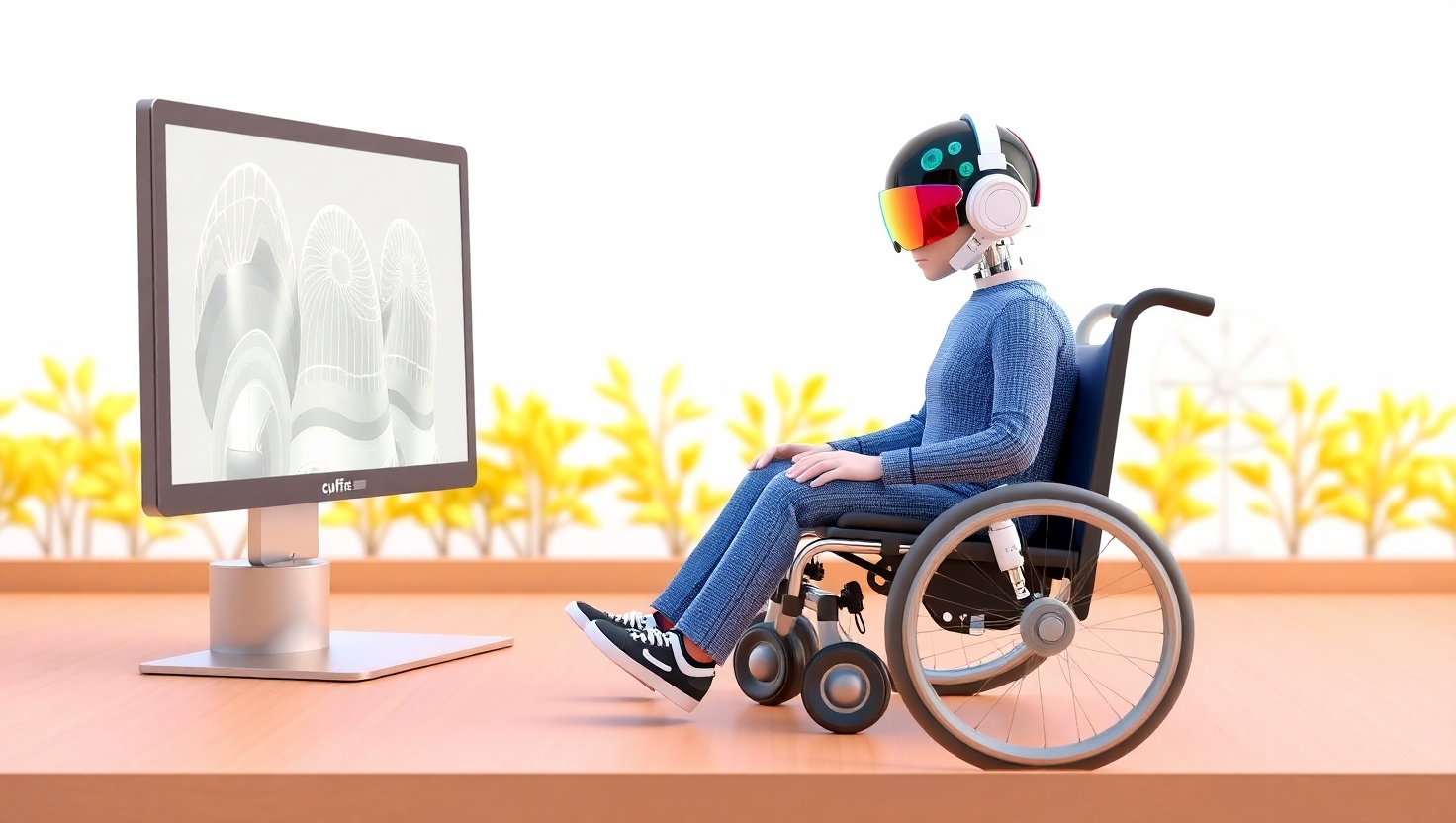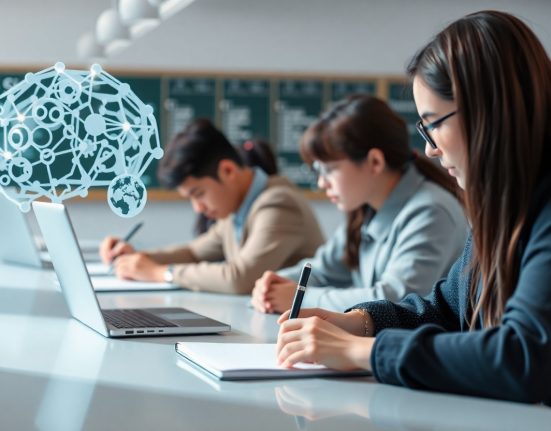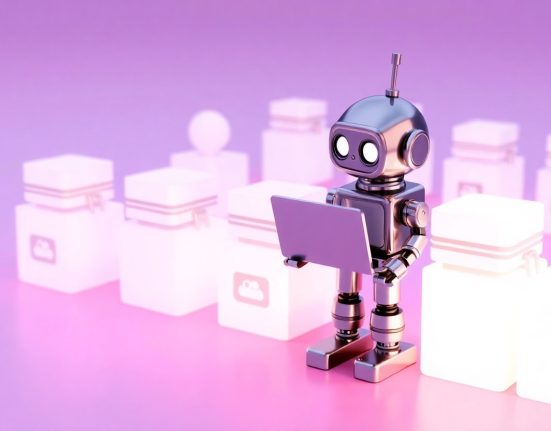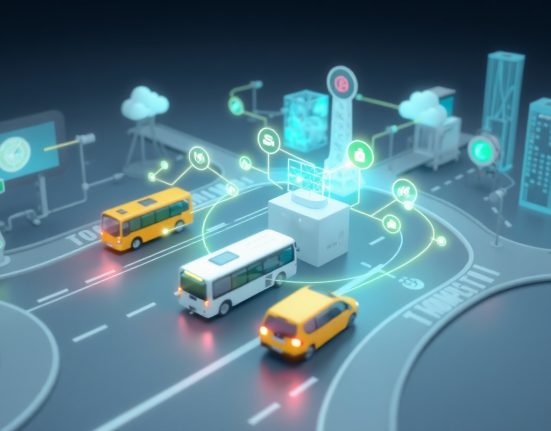We’re living in an incredible time. A time when code, sensors, cameras, and machine learning models come together to truly change lives. When I first started getting into how artificial intelligence impacts the world, I didn’t realize just how deeply it touches the lives of people with disabilities. This isn’t just about tech—it’s about humanity. It’s about a technology that can see, hear, understand, and act as a bridge to independence for those facing real-life challenges.
One of the most moving aspects, to me, is how AI is making communication possible for people who can’t speak. Tools like eye-tracking or voice AI systems, which turn eye movements or typed words into spoken sentences, give people with ALS, cerebral palsy, or other motor disabilities the ability to express thoughts, emotions, and needs. Even the simplest phrases—“I’m thirsty,” “I love you,” or “Please move me”—become powerful human connections that break through silence.
But it doesn’t stop there. Computer vision and natural language processing are opening up new doors. Microsoft’s Seeing AI, for example, lets blind users identify currency, read menus, recognize facial expressions, or describe their surroundings—all in real time, through a smartphone camera. These may seem like small moments, but they add up to a life with more confidence, independence, and dignity.
In terms of mobility, smart robotics is advancing fast. AI-powered wheelchairs that understand their surroundings, follow safe routes, and even adapt to different environments are turning accessibility into a daily reality. AI-based navigation tools are helping visually impaired users find their way through busy public spaces—like train stations and airports—using dynamic voice guidance that understands the environment in real time.
The digital world is also becoming more inclusive thanks to AI. Browser extensions that read out loud, explain complex visuals, or describe images make the internet a more welcoming place. Other tools are translating sign language into text and vice versa—opening new paths in education, healthcare, and the workplace.
What really excites me is the mix of social innovation and tech. Startups, researchers, and even small community-led initiatives are working with the mindset that technology should serve everyone—not just those with the latest phone in their pocket. Open-source projects that allow people to build accessibility tools at low cost, developer communities translating software to different languages and cultures—this is what makes the space so inspiring, heartfelt, and full of potential.
Looking ahead, I’m confident that the combination of AI and human empathy will continue to break down barriers—not only by improving the lives of people with disabilities, but by reminding us all of what it means to be connected, empowered, equal, and above all—human.














